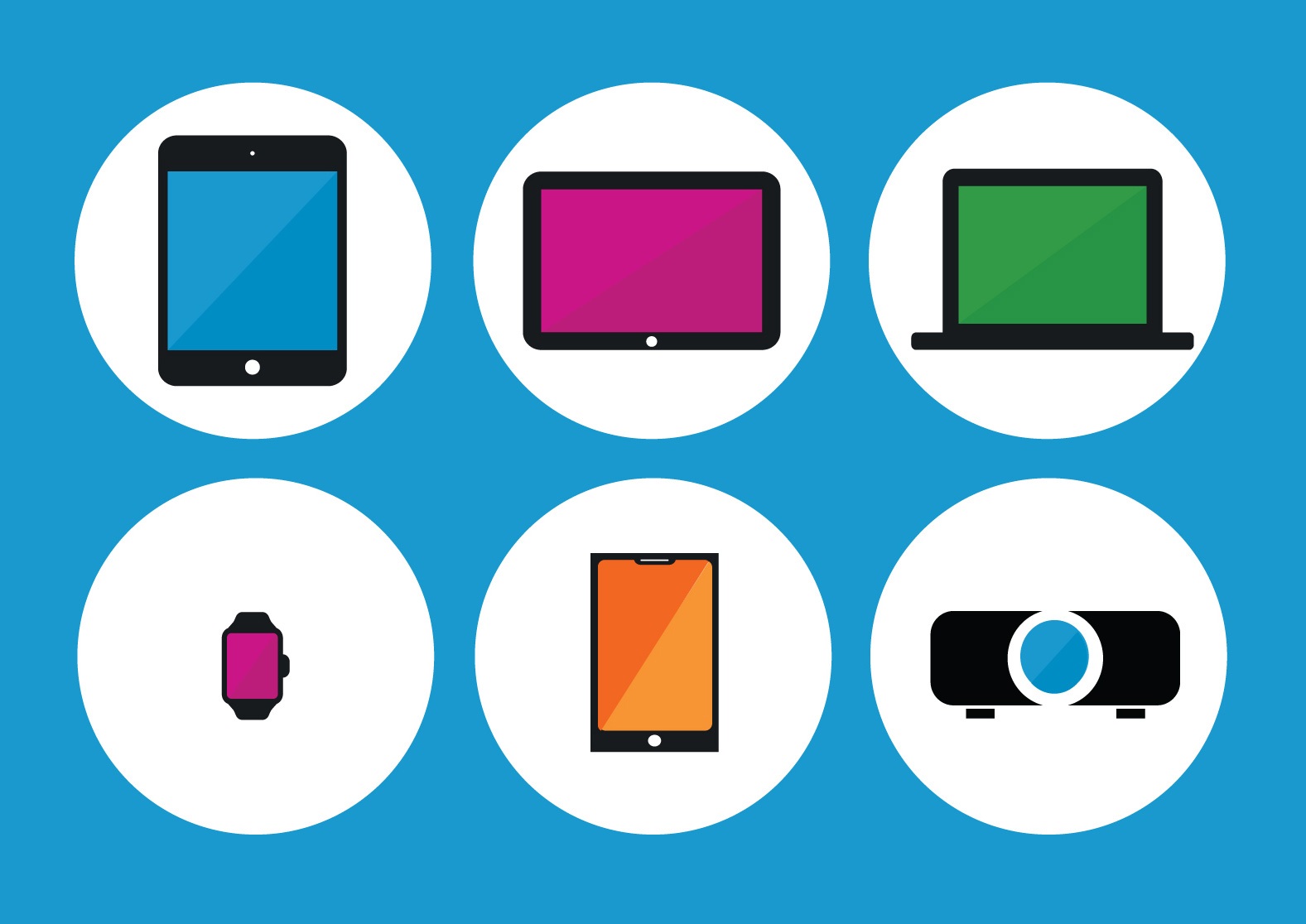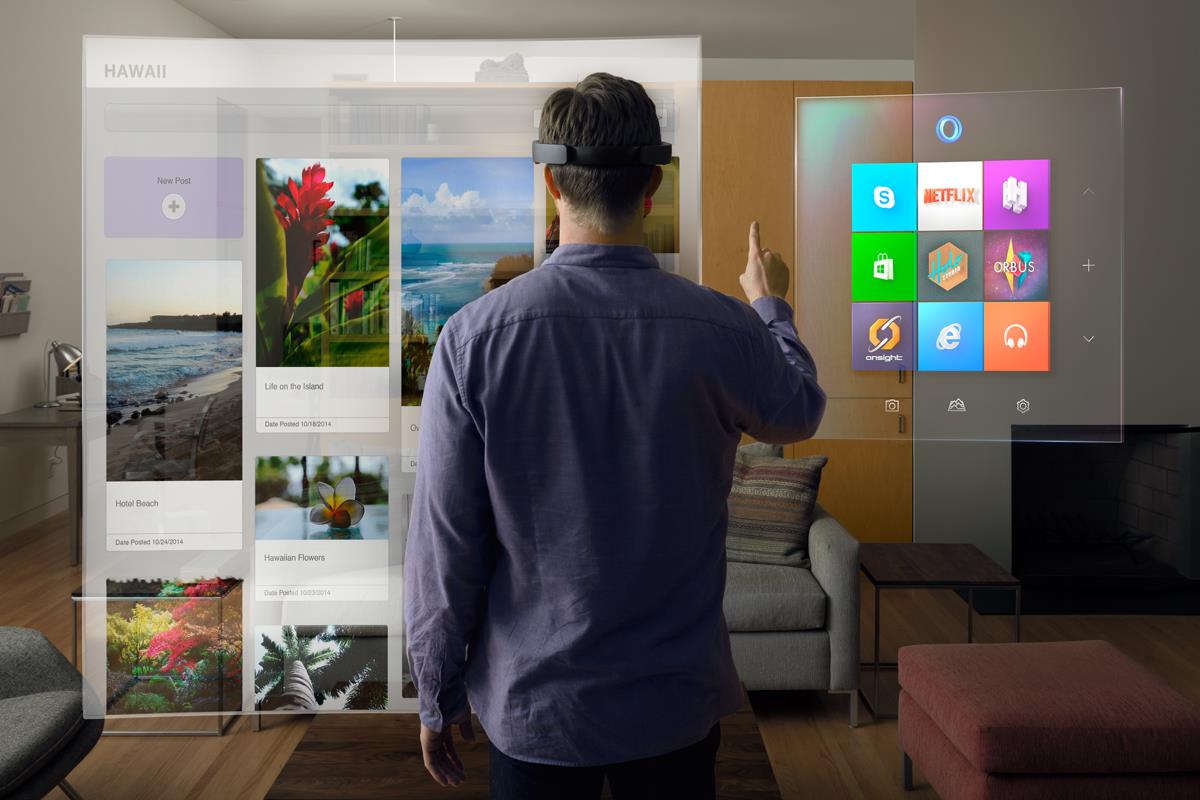The Dangers of Segmenting by Device and the Importance of Focusing on Experience
By Intern |22 Jan 2016

Have you noticed how iconography for device types is growing? Icons for desktop, tablet, mobile, TV, games consoles… the list goes on. And, as the number of internet connected things grows, more and more devices will join the list, for example health monitors and augmented reality to name just two.
Customers have an increasing number of ways to connect with your business online. In marketing, we have traditionally segmented our data by device type, but is segmenting by device type really a useful way to understand audiences and how they interact with a business?
Now is the time to start thinking about how customers use these devices and the ways in which the Internet of Things (IoT) is fundamentally changing how we all interact with the internet.
Screen size and device types are misleading
So, how are new devices changing the way we use the internet?
Traditionally, we split devices on the basis of screen sizes – classifying them into desktop devices, tablets or mobiles. The assumption has been that the experience per device is the same for all users of that device. This assumption is increasingly flawed as the capabilities of smartphones and IoT devices grow. Consider the differences in experience already possible on a smartphone when connecting to a business using a web browser or a fully featured native app.
If Microsoft’s predictions for our future are right, then we will be connecting a single device to any available screen. (Remember the Motorola Atrix? It could transform into a laptop or desktop via a dedicated docking station and introduced the idea of one device for all screens.) If we all use our phones like this, it will be simply impossible to tell how an audience is experiencing the web by segmenting by the device type.
Microsoft’s vision of the future (Windows Continuum) already enables a smartphone to offer a Windows 10 desktop experience when the phone is coupled to a larger screen. This moves beyond simply ‘projecting’ the content from a smaller screen to a larger viewable area – the content reshapes to make the best use of the screen available, looking and behaving like a desktop or a tablet instead.
Find out more about Windows Continuum in the video below:
In other words, Windows Continuum sees the phone becoming more like a pocket computer, with the ability to use many different displays by adapting the layout and experience accordingly. Therefore, tracking viewable area and experience becomes very important to marketers.
In 2016, HoloLens will be shipped to developers. This device will ‘go beyond the screen’ with an effective screen size that is the same as the wearer’s visual field. In an augmented world, the experience defines the value of any device to a business, not simply the viewable area of the device itself.

Promo image of the HoloLens in action from the Microsoft News Center
The conceptual shift away from segmenting by device type to a focus on understanding the experience provided across devices is analogous to the shift in thinking required to get maximum value from marketing channels. How many companies have told you that they have discounted social media because “they tried it once and it didn’t work for them”?
We will hear the same cries about each new device as the IoT grows. Businesses must start thinking about developing a useful experience across every device, otherwise they risk discounting individual devices as something that “doesn’t work for them”.
Segmenting by intent, not device
Our industry is riddled with reports in which insights and decisions have been taken following segmentation by device type. In the near future, the assumption that every user of the device has the same experience becomes increasingly and more seriously flawed.
Users are already able to personalise their experience of apps, and they will be experiencing your business’s content using the device in many different ways and contexts of their own choosing already.
Dedicated analytics packages are essential to assessing the customer experience. However, key indicators are missing. Do you know if your app is pinned to a user’s start screen? Are you tracking the optional app settings that may have been set by the user?
Imagine the experience of using an app with location services or live notifications switched on or off, for example. A user gets a very different experience of a business when they have control over even the tiniest of settings.
It is clear that for apps, how a customer configures their devices and the day-to-day experience they have of your business is already more important than simply segmenting by the device alone. Understanding how they choose to interact with your business is more important for insights and lifetime value, than knowing what device they use.
A deep integration with life
The internet is becoming more than a resource to simply browse on different screens, too. It is beginning to infiltrate our daily lives through a range of devices.
The latest devices offer real time updates, whether monitoring our health or providing notifications about things we care about. The information content we receive through our devices is much more personalised, increasingly predictive and serves to help us perform the “next best action” at every point during our day.
So, the real differentiator will not be screen sizes of devices, but the capacity of each device to work seamlessly with us, providing a customisable and timely interaction with our daily life.
The next transformation in digital marketing will focus on segmenting experiences, looking at the role of each device in different contexts and how devices can be used to assist content consumption. Analysis and reports to clients will become increasingly audience-intention-centric and assess how needs are met across devices in various daily contexts.
Ensuring full native use of device capabilities, rather than simply reporting on device types or screen sizes, will be key to successful digital marketing in the future. Google Mobile App Analytics has already introduced this user-centric view, with calculations of lifetime values for a variety of metrics, in an effort to steer business thinking towards meeting the needs of customers over their lifetime.
Technology for living
The internet has become an integral part of both our working life and our leisure time. This two-part distinction of internet use will be replaced with a single view of the internet as an ever present backdrop to life. The capacity of the internet to support us in every aspect of our life, whatever we are doing, through a collection of connected devices will make the work / leisure distinction less valid over time.
Connection to the internet for the majority of the world today is hard wired, relying on phone lines, fibre optics and cables. This means that the location of desktops as fixed points in the home or office and patterns of their usage have been relatively predictable.
As Google Project Loon, Facebook Aquila and Elon Musk’s SpaceX plans (coupled with affordable mobile data packages) become widespread and fast enough to deliver all forms of content, wireless technology will overtake hard wired connections for the majority of internet users.
Find out more about Google’s Project Loon in the video below:
Connected devices are set to become much more prevalent. Currently the smartphone is leading this charge for ‘always on’ internet connectivity. In the future, connection to the net will be friction free in the home, or outside at any time, through a myriad of devices. Using the internet in any location will seamlessly couple to the most appropriate device as and when required: watch, phone, TV, augmented reality or via projected images on any surface. The internet is fast becoming a fabric woven through our lives. How we use the internet will become seamless. Distinctions between screens and device types will be less relevant as the technology used will simply be the medium used in the current context to support our lives.
Delivering information
Information can be delivered in many ways – not simply through screens. For instance, we talk to our devices and our devices talk to us, for example, satnav driving directions. Personal assistants will become increasingly important (Siri, Cortana and Google Now) reading out answers to questions and keeping us updated on commuting times or our next appointment. Personal assistants are set to provide us with information in the context of our lives; the way we use the internet is changing already.
What should we look at?
The size of the screen and the type of device is becoming much less relevant than the context and timeliness of the information delivered.
The first step is to understand how the needs of each audience differs in various contexts. The next step is to define the experience that should be provided in each situation. We then need to segment and analyse the experiences themselves, whatever the device used. Universal Analytics can help, tracking logged-in users across devices using UserID and, when necessary from the IoT, using the Google Measurement Protocol.
Understanding how a customer satisfies their needs will provide insights into how information can be delivered more appropriately through notifications across devices and channels.
Looking for more information about how to track and measure the performance of your website accurately and meaningfully? Check out our other analytics blog posts.